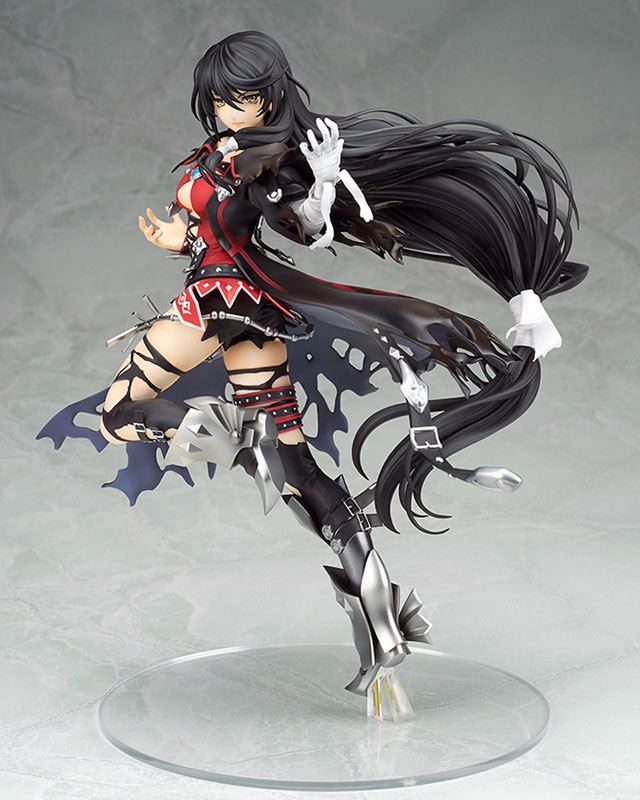


Modern superhero comic books are sometimes considered descendants of "hero pulps" pulp magazines often featured illustrated novel-length stories of heroic characters, such as The Shadow, Doc Savage, and The Phantom Detective. Although many respected writers wrote for pulps, the magazines are best remembered for their lurid and exploitative stories and sensational cover art. Pulps were the successor to the penny dreadfuls, dime novels, and short fiction magazines of the 19th century.

Magazines printed on better paper were called "glossies" or "slicks." In their first decades, they were most often priced at ten cents per magazine, while competing slicks were 25 cents apiece. The name pulp comes from the cheap wood pulp paper on which the magazines were printed. Pulps were printed on cheap paper with ragged, untrimmed edges. The typical pulp magazine was seven inches wide by ten inches high, half an inch thick, and 128 pages long. Pulp magazines (often referred to as "the pulps"), also collectively known as pulp fiction, refers to inexpensive fiction magazines published from 1896 through the 1950s.


 0 kommentar(er)
0 kommentar(er)
